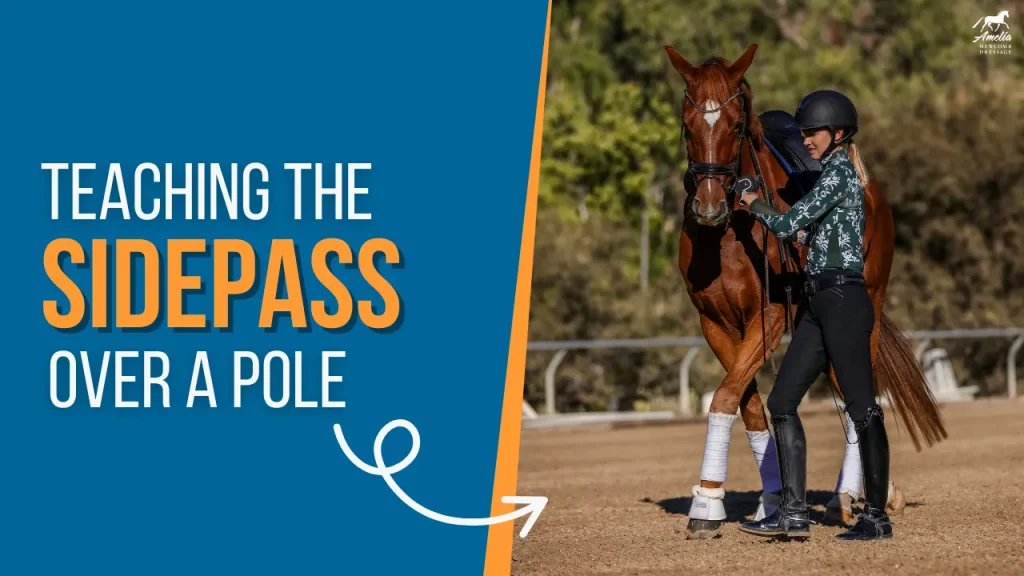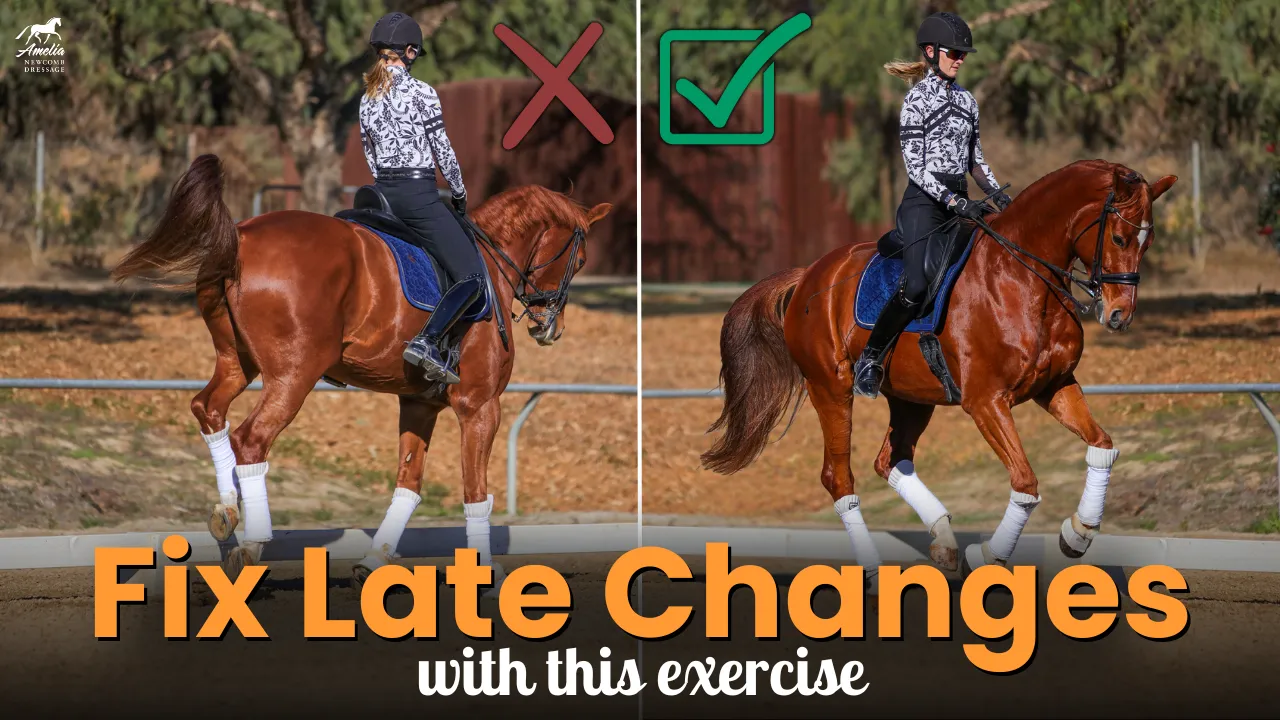How to Properly Bridle Your Horse: Tips and Techniques
Bridling your horse may seem like a basic task, but doing it correctly is essential for safety, comfort, and building trust with your horse. Here’s a step-by-step guide to help you bridle your horse properly while avoiding common mistakes.
Step 1: Teach Your Horse to Lower Their Head
A horse that willingly lowers its head for bridling makes the process safer and more comfortable.
- How to Encourage Head Lowering: Place one hand on your horse’s poll and the other on their halter. Apply gentle downward pressure. Release the pressure as soon as the horse lowers their head, even slightly. Repeat this until your horse understands the cue.
- Safety Tip: Always stand to the side of your horse’s head, not directly in front or above, to avoid injury if they toss their head.
Step 2: Prepare Your Horse
Before bridling, remove the cross ties and secure the reins over your horse’s neck. This ensures you have control if they move unexpectedly.
Step 3: Transition from Halter to Bridle
- Slide the halter off while keeping it loosely around the horse’s neck. This gives you control without leaving the horse untethered.
- Hold the bridle in your right hand and use your left thumb to gently encourage your horse to open its mouth. Place the bit carefully without bumping their teeth.
Step 4: Handle the Ears Gently
Horses can be sensitive about their ears, so it’s crucial to avoid causing discomfort:
- Correct Technique: Point the ears forward and slide the bridle over without bending or squashing them.
- Avoid: Pulling or pinching the ears, which can cause discomfort and make your horse resistant to bridling.
Step 5: Check the Fit
Ensure the bridle is correctly positioned:
- The bit should sit comfortably in the mouth without pinching.
- The forelock and mane should be smooth under the bridle to avoid irritation.
Building Trust Through Bridling
Bridling is more than just a routine—it’s an opportunity to establish trust and submission. Teaching your horse to lower their head and remain calm builds a foundation of cooperation and safety.
With patience and proper technique, bridling becomes a smooth and stress-free process for both you and your horse.
Happy riding!
Amelia












































